0 comments
The Ultimate Guide to Crown Lengthening Techniques: Procedure Steps, Best Practices and more..
Introduction
Crown lengthening has evolved into a crucial periodontal procedure for both functional and aesthetic dentistry. Originally developed for restorative purposes, this technique now plays a vital role in cosmetic dentistry and smile design. Modern practitioners rely heavily on specialized crown lengthening burs and precise surgical techniques to achieve optimal results.
Crown Lengthening Fundamentals
Crown lengthening involves surgical removal of gingival tissue and bone to expose more tooth structure. Success depends on thorough understanding of periodontal biologic width, gingival phenotype, and osseous architecture. Patient selection criteria include adequate root length, stable periodontal health, and sufficient bone support.
Essential Equipment and Tools
A comprehensive crown lengthening bur kit typically includes:
- End cutting burs for crown lengthening - Perfect for creating precise vertical depth cuts and establishing initial reduction guides.
- Side cutting diamond burs - Ideal for interproximal tissue removal and shaping gingival embrasures with precision.
- Round diamond burs - Excellent for bone removal and smoothing during osseous recontouring phases.
- Tapered diamond burs - Designed to deliver the finishing touches, crafting refined gingival margins and accurate emergence profiles.
Surgical Techniques
When performing crown lengthening procedures, selecting the appropriate crown lengthening burs for each technique is crucial:
1. Gingivectomy
This technique removes excess gingival tissue using specialized crown lengthening burs with built-in depth guides. While quick and straightforward, practitioners must carefully monitor tissue contour changes. For Gingivectomy, you can also choose to use durable Ceramic Burs.
2. Apically Repositioned Flap
This conservative approach requires precise bur control to maintain gingival architecture. Using fine-diameter crown lengthening burs helps preserve surrounding tissues while achieving desired length.
3. Surgical Extrusion
The most aesthetically focused technique requires a complete crown lengthening bur kit with various sizes and shapes for detailed bone and tissue management. This method particularly benefits anterior teeth, maintaining interdental papilla height and gingival aesthetics.
Step-by-Step Procedure Guide for Crown Lengthening
Pre-operative Assessment
Begin with a comprehensive evaluation:
- Perform a detailed radiographic analysis to assess bone levels, root morphology, and anatomical structures.
- Conduct periodontal probing to measure tissue heights and biological width.
- Analyze aesthetics, considering the smile line, gingival symmetry, and overall facial harmony.
- Develop a treatment plan that integrates all findings and defines clear surgical objectives.
Surgical Protocol
- Administer local anesthesia to ensure patient comfort.
- Design the initial incision based on pre-operative measurements, considering tissue biotype and desired outcomes.
- Carefully manage tissues, reflecting the flap while preserving papillae.
- Perform osseous recontouring using crown lengthening burs in sequence, ensuring constant irrigation.
- Finalize with precise tissue positioning to maintain proper biological width and achieve ideal aesthetics.
Post-operative Care
- Provide clear instructions on oral hygiene and activity restrictions.
- Prescribe medications for pain management and infection control.
- Schedule structured follow-ups with specific milestones to assess healing.
- Monitor tissue response and healing progress during subsequent visits, documenting outcomes.
- Adjust the post-operative care plan as needed to ensure optimal results.
Crown Lengthening Burs Selection and Usage
The success of a crown lengthening procedure heavily relies on the appropriate selection and use of surgical burs:
- Match bur type to tissue characteristics – Use end-cutting burs for precision depth cuts, side-cutting burs for interproximal contouring, and round burs for osseous recontouring.
- Consider cutting efficiency requirements – Choose high-quality diamond or carbide burs tailored for efficient and controlled cutting of soft and hard tissues.
- Monitor heat generation – Minimize thermal damage by maintaining consistent movement and avoiding prolonged contact with tissue.
- Maintain optimal irrigation – Ensure constant irrigation to cool the bur, reduce debris buildup, and protect surrounding tissues.
- Follow manufacturer speed recommendations – Operate burs at the recommended RPM to maximize efficiency and prolong tool lifespan while reducing the risk of tissue trauma.
Common complications and management
Immediate complications
Managing potential complications during and immediately after the procedure is critical for optimal outcomes:
- Excessive bleeding management – Employ proper hemostatic techniques such as applying pressure with gauze, using local hemostatic agents, or electrocautery if needed. Always verify patient medical history for conditions affecting coagulation.
- Tissue trauma minimization – Ensure gentle handling of soft tissues and precise incision placement to prevent unnecessary trauma. Utilize sharp, high-quality crown lengthening burs for controlled cutting and efficient removal of tissue.
- Post-operative pain control – Provide patients with appropriate analgesics and detailed instructions for pain management. Encourage the use of cold compresses to reduce swelling and discomfort.
- Infection prevention – Maintain strict sterility throughout the procedure by using properly sterilized crown lengthening burs and instruments. Prescribe antibiotics as needed based on patient risk factors.
Long term Issues
Proper management and follow-up care are essential to address potential long-term complications of crown lengthening:
- Gingival recession – Monitor the surgical site for recession over time, especially in patients with thin tissue biotypes. Educate patients on gentle oral hygiene techniques to minimize further gingival recession.
- Root sensitivity – Exposed root surfaces may lead to sensitivity. Recommend desensitizing agents, fluoride treatments, or bonding agents to protect exposed dentin and enhance patient comfort.
- Aesthetic compromises – Evaluate the final gingival contour and symmetry post-healing. Consider soft tissue grafting or additional contouring if aesthetic discrepancies arise.
- Periodontal health maintenance – Encourage regular periodontal maintenance visits to monitor the surgical site and ensure ongoing oral health. Reinforce the importance of meticulous plaque control to prevent inflammation or attachment loss.
Prevention Strategies
Proactive measures can minimize complications and ensure successful crown lengthening outcomes:
- Proper case selection – Carefully evaluate each case to determine if crown lengthening is the most appropriate treatment, considering factors like tissue biotype, crown-to-root ratio, and overall periodontal health.
- Precise surgical technique – Adhere to meticulous surgical protocols, including accurate incisions, controlled tissue management, and precise osseous recontouring, to achieve predictable results.
- Appropriate crown lengthening bur kit utilization – Use high-quality burs specifically designed for crown lengthening procedures, selecting the right bur type for each phase of the surgery to enhance efficiency and precision.
- Regular post-operative monitoring – Establish a structured follow-up schedule to assess healing, address patient concerns, and promptly manage any emerging issues to ensure long-term success.
Advanced Techniques
Digital Planning
Incorporating digital technology enhances precision and predictability in crown lengthening procedures:
- 3D imaging integration – Use CBCT or other 3D imaging tools to visualize bone and soft tissue anatomy, enabling precise surgical planning.
- Computer-guided surgery – Leverage digital guides for accurate incisions and osseous recontouring, reducing errors and improving outcomes.
- Digital smile design – Plan procedures with advanced software to harmonize gingival contours with the patient’s smile line and aesthetic goals.
- Treatment outcome prediction – Simulate post-surgical outcomes to communicate expected results to patients and refine surgical plans.
Laser Integration
Lasers are a modern, minimally invasive tool for crown lengthening:
- Soft tissue management – Achieve precise incisions and tissue contouring with reduced bleeding.
- Reduced healing time – Promote faster recovery and minimize post-operative discomfort compared to traditional methods.
- Enhanced precision – Target tissues with unparalleled accuracy, reducing the risk of collateral damage.
- Minimal invasiveness – Provide patients with a gentler surgical experience, improving satisfaction and compliance.
Modern Innovations
Advancements in tool design and technology continue to elevate crown lengthening procedures:
- Advanced bur designs – Utilize specialized burs engineered for crown lengthening to enhance control and surgical efficiency.
- Improved cutting efficiency – Optimize procedures with burs that reduce operation time while maintaining precision.
- Enhanced depth control – Achieve consistent results with burs designed for accurate depth measurement and cutting.
- Better tissue preservation – Minimize trauma to surrounding structures, ensuring faster healing and improved outcomes.
Case Studies
Anterior Region Case Example: Aesthetic Zone Management Using Specialized Crown Lengthening Burs
- Initial presentation – A 35-year-old patient presented with excessive gingival display and uneven gingival margins, compromising their smile aesthetics. Radiographic and periodontal evaluations revealed sufficient bone support for crown lengthening in the anterior region.
- Treatment planning – A detailed plan was created to achieve symmetry and harmony within the aesthetic zone. Digital smile design software was used to visualize the desired gingival contours and determine the surgical approach.
- Surgical approach – Using specialized end- and side-cutting diamond burs, precise incisions were made to remove excess gingival tissue. Osseous recontouring was performed with round burs to ensure proper biological width. Constant irrigation and attention to tissue preservation minimized trauma.
- Final outcome – Post-operative healing revealed a dramatic improvement in gingival symmetry, aligning perfectly with the patient’s smile line. The patient expressed high satisfaction with the aesthetic enhancement.
Posterior Region Case Example: Functional Crown Lengthening
- Specific challenges – A 50-year-old patient presented with subgingival caries on a molar, requiring functional crown lengthening to allow for proper restoration placement. Challenges included limited access and dense bone in the posterior region.
- Modified techniques – The procedure involved careful flap elevation and controlled osseous reduction using round and tapered diamond burs to expose adequate tooth structure. Gingival biotype considerations guided the depth and extent of tissue removal.
- Tool selection – A crown lengthening bur kit with advanced cutting efficiency was utilized to address dense posterior bone effectively. Constant irrigation prevented heat generation and ensured smooth cutting.
- Results assessment – The treatment successfully exposed sufficient tooth structure for restoration, with stable gingival margins observed during follow-up. Functional and aesthetic outcomes were achieved without compromising adjacent teeth.
Best Practices and Guidelines
Clinical Standards
Adhering to high clinical standards ensures safe and effective crown lengthening procedures:
- Updated protocols – Stay current with advancements in surgical techniques and materials by regularly reviewing updated guidelines and attending professional development courses.
- Evidence-based approaches – Base all treatment plans and procedures on the latest clinical research to achieve predictable and reliable outcomes.
- Quality assurance measures – Implement a system for assessing procedural success, including patient satisfaction, healing progress, and alignment with treatment goals.
- Documentation requirements – Maintain detailed and accurate records of all procedures, including pre-operative assessments, surgical details, post-operative care, and follow-up outcomes.
Equipment Management
Efficient equipment management supports procedural success and enhances patient safety:
- Proper crown lengthening bur maintenance – Regularly inspect and clean burs to maintain sharpness and cutting efficiency. Replace worn or damaged burs to avoid complications during surgery.
- Sterilization protocols – Follow strict sterilization procedures to prevent cross-contamination and ensure patient safety. Use autoclaving or chemical sterilization as recommended for specific instruments.
- Regular equipment checks – Perform routine inspections of surgical tools, handpieces, and irrigation systems to identify and address any issues before procedures.
- Inventory management – Maintain a well-organized inventory system to ensure the availability of all necessary tools and materials, reducing delays and disruptions during surgery.
Post-Procedure Care: Recovery Timeline
Week 1:
- Initial healing phase – During the first week, focus on controlling bleeding, swelling, and discomfort. The tissue begins to form a clot and starts the early stages of healing.
- Pain management – Prescribe pain relievers to manage post-operative discomfort. Over-the-counter analgesics may be sufficient, or stronger medications may be prescribed depending on the patient’s needs.
- Oral hygiene instructions – Advise the patient to avoid brushing the surgical site directly. Provide guidance on using a saline rinse or a prescribed antiseptic mouthwash to maintain cleanliness without disrupting the healing tissue.
- Activity restrictions – Recommend avoiding strenuous physical activities, especially those that could lead to increased blood flow or risk of infection. Instruct patients to avoid trauma to the surgical site while eating or talking.
Weeks 2-4:
- Tissue healing assessment – Conduct follow-up appointments to monitor the healing process, checking for signs of infection, excessive swelling, or other complications. Evaluate the gingival margins and bone structure.
- Suture removal – Remove non-dissolving sutures if used, ensuring proper healing of the tissue. If dissolvable sutures were applied, remind patients that they may naturally dissolve within this period.
- Resumption of normal hygiene – After the initial two weeks, patients can gradually resume normal brushing and flossing, but they should still be cautious around the surgical area. Provide specific instructions for gentle brushing techniques and the use of a soft toothbrush.
- Progress evaluation – Assess healing progress, tissue response, and whether additional interventions (such as soft tissue grafting or re-contouring) are necessary. Discuss the patient’s aesthetic and functional expectations and next steps.
Patient Instructions
Detailed Post-Operative Care
- Rest and recovery – Allow adequate rest during the first few days following surgery. Avoid any activities that may stress or irritate the surgical area.
- Swelling and bruising – It’s normal to experience some swelling and bruising after the procedure. Apply an ice pack to the outside of the face for 20-minute intervals to minimize swelling during the first 24-48 hours.
- Pain management – Take prescribed medications as directed. If over-the-counter pain relievers are recommended, follow the dosage instructions to manage discomfort. If pain becomes severe or unmanageable, contact the clinic.
Diet Modifications
- Soft foods – Stick to a soft-food diet for the first week. Avoid hard, crunchy, or sticky foods that could disrupt the surgical site. Recommended foods include yogurt, smoothies, mashed potatoes, soups, and scrambled eggs.
- Avoid hot or spicy foods – These can irritate the surgical area and delay healing. Opt for cool or lukewarm food and beverages.
- Hydration – Keep hydrated, but avoid sucking motions (such as through a straw) which may disturb the surgical site.
Oral Hygiene Protocol
- Gentle cleaning – For the first 7-10 days, avoid brushing the surgical site directly. Instead, gently rinse with a prescribed antiseptic or saline solution. After this period, begin brushing gently with a soft-bristled toothbrush, avoiding the surgical site until healing is more advanced.
- Avoid flossing – Do not floss near the surgical area until cleared by your dentist.
Warning Signs and Symptoms
- Increased swelling or redness – If swelling worsens or doesn’t begin to subside after the first few days, or if the area becomes unusually red, contact your dental provider.
- Severe or prolonged pain – If pain continues despite following prescribed pain management or intensifies, it may be a sign of infection or other complications.
- Pus or discharge – Any discharge that is yellow or green, or if you experience a foul taste or odor, may indicate infection. Seek immediate medical attention.
- Fever – A fever above 101°F (38.3°C) could be a sign of infection. Contact the office for further guidance.
Long-Term Outcomes
Success Rates
- Statistical analysis – Studies show that crown lengthening procedures have a high success rate, with most patients achieving favorable functional and aesthetic outcomes. Success is typically defined by stable gingival margins, healthy bone support, and the ability to place a restorative crown.
- Factors affecting success – Success is influenced by factors such as the extent of tissue removal, bone support, patient oral hygiene, and adherence to post-operative care instructions. Additionally, the presence of any complicating factors like periodontal disease or systemic health issues can impact outcomes.
- Comparative studies – Research comparing crown lengthening with other surgical options (such as gingivectomy or orthodontic extrusion) has shown crown lengthening to be an effective and predictable choice, especially in cases requiring functional restoration.
- Patient satisfaction metrics – Surveys and studies on patient satisfaction consistently report high levels of approval, with patients noting improved confidence, function, and aesthetics after the procedure.
Quality of Life Impact
- Functional improvements – Crown lengthening enhances the ability to place crowns or other restorative work in cases of insufficient tooth structure. This leads to improved chewing function, reducing discomfort during eating and improving overall dental function.
- Aesthetic satisfaction – Many patients report significant improvements in their smile aesthetics, particularly when crown lengthening is performed in the aesthetic zone. The procedure helps restore balance and harmony in the gum line, leading to greater patient satisfaction.
- Oral health benefits – In addition to aesthetic improvements, crown lengthening can enhance long-term oral health by facilitating better access for oral hygiene. It also helps prevent future periodontal issues by ensuring that the restoration margins are positioned above the gum line.
- Patient testimonials – Numerous testimonials from patients highlight improved self-esteem and quality of life, particularly in cases where excessive gingival display was a concern. Many patients describe feeling more confident in social interactions and reporting a more natural, comfortable smile.
Recent Developments
Technological Advances
- New crown lengthening bur designs – Recent innovations in crown lengthening burs have focused on improved cutting efficiency, durability, and precision. New bur designs allow for more controlled tissue removal, reduced trauma, and enhanced aesthetic results, particularly in delicate areas such as the anterior region.
- Improved surgical techniques – Advancements in surgical methods, such as minimally invasive techniques and better flap management, have significantly improved recovery times and patient outcomes. Surgeons now have better tools and techniques for controlling tissue retraction and preserving papillae, leading to more predictable and natural-looking results.
- Digital integration – The integration of digital technology into crown lengthening procedures has revolutionized planning and execution. 3D imaging, computer-aided surgery, and digital smile design allow for more precise pre-operative planning, ensuring that the procedure is tailored to each patient’s unique anatomy and aesthetic needs.
- Enhanced materials – The development of new materials for surgical tools and restorative components, including biocompatible and bioactive materials, has improved healing times and outcomes. Additionally, materials that promote tissue regeneration or minimize scarring are being incorporated into the process to further improve long-term results.
Future Trends
- Emerging technologies – The future of crown lengthening may include the use of lasers, robotic assistance, and AI-driven diagnostics. Laser technology, for instance, could allow for even more precise tissue removal with less thermal damage, enhancing patient comfort and recovery.
- Research directions – Ongoing research is focusing on improving the predictability of outcomes and reducing complications. There is increasing interest in understanding the molecular aspects of tissue healing and how different techniques and materials can accelerate recovery or improve the final appearance of the gingival margin.
- Practice evolution – As techniques become more refined, dental practices are evolving to incorporate these innovations. We expect to see more specialized training in digital and laser-assisted techniques, as well as a greater focus on interdisciplinary care between periodontists, restorative dentists, and orthodontists to achieve optimal results.
- Educational developments – Continuing education and training programs are incorporating the latest technological advances and research findings into their curricula. Dental professionals are increasingly receiving training in digital planning and advanced surgical tools, ensuring they remain at the forefront of modern crown lengthening practices.
Legal and Ethical Considerations
Documentation Requirements
- Informed consent – Before proceeding with crown lengthening, it is essential to obtain clear, documented informed consent from the patient. This involves thoroughly explaining the procedure, potential risks, expected outcomes, and post-operative care instructions. The patient should understand all aspects of the treatment and agree to proceed. Written consent should be signed and kept in the patient’s file.
- Treatment planning – A detailed treatment plan should be created and documented, outlining the rationale for the crown lengthening procedure, the specific surgical approach, and any other treatments that may be involved (e.g., restorations). The plan should also address potential complications and strategies to mitigate them.
- Progress documentation – Throughout the procedure and recovery, maintaining detailed progress notes is essential. This includes intraoperative notes, photographs, and any changes to the treatment plan. Accurate documentation ensures continuity of care and serves as a reference for future treatments or follow-up visits.
- Follow-up records – After surgery, follow-up appointments should be scheduled, and progress should be documented. Record healing milestones, any signs of complications, and patient feedback. These records provide essential information for the ongoing care of the patient and may also be required for legal purposes.
Risk Management
- Clinical guidelines adherence – Adhering to established clinical guidelines and protocols is critical to ensuring the procedure is performed safely and effectively. Following evidence-based practices minimizes risks and optimizes patient outcomes. These guidelines should be reviewed and updated regularly to reflect the latest research and standards of care.
- Proper equipment maintenance – Regular maintenance and sterilization of surgical instruments, including crown lengthening burs, is essential to minimize the risk of infection or equipment failure during the procedure. Adhering to manufacturer recommendations for cleaning, maintenance, and replacement ensures the tools function properly and safely.
- Patient communication – Clear and continuous communication with patients is fundamental to managing their expectations and minimizing risks. Ensure patients are fully informed about post-operative care, potential complications, and signs to watch for. This transparency helps prevent misunderstandings and promotes patient satisfaction.
- Quality assurance protocols – Implementing a robust quality assurance program ensures that all aspects of the crown lengthening procedure meet high standards. Regular audits, peer reviews, and outcome tracking can help identify areas for improvement and ensure that patients receive the best possible care.
Eagle Dental Crown Lengthening Burs
Eagle Dental’s Crown Lengthening Burs ensure precision and efficiency in reshaping gum and bone tissue. Designed for optimal tooth preparation and aesthetics, these high-quality burs feature laser depth markings for accurate measurements. Trusted by dentists worldwide, Eagle Dental offers durable tools with express delivery to enhance your crown lengthening procedures.
References
- Sonick M. Esthetic crown lengthening for maxillary anterior teeth. Compend Contin Educ Dent. 1997;18:807–12. [PubMed]
- Nemcovsky CE, Artzi Z, Moses O. Preprosthetic clinical crown lengthening procedures in the anterior maxilla. Pract Proced Aesthet Dent. 2001;13:581–8. [PubMed]
- Levine RA. Forced eruption in the esthetic zone. Compend Contin Educ Dent. 1997;18:795–803. [PubMed]
- Bensimon GC. Surgical crown-lengthening procedure to enhance esthetics. Int J Periodontics Restorative Dent. 1999;19:332–41. [PubMed]
- Davarpanah M, Jansen CE, Vidjak FM, Etienne D, Kebir M, Martinez H. Restorative and periodontal considerations of short clinical crowns. Int J Periodontics Restorative Dent. 1998;18:424–33. [PubMed]
- De Waal H, Castellucci G. The importance of restorative margin placement to the biologic width and periodontal health. Int J Periodontics Restorative Dent. 1994;14(Part II):70–83. [PubMed]
 Duties are now included in the product price
Duties are now included in the product price



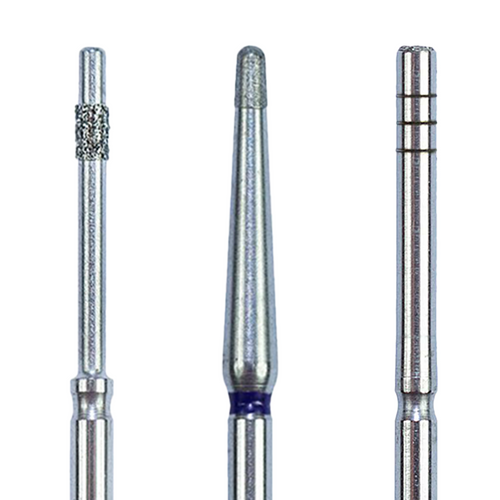
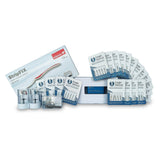

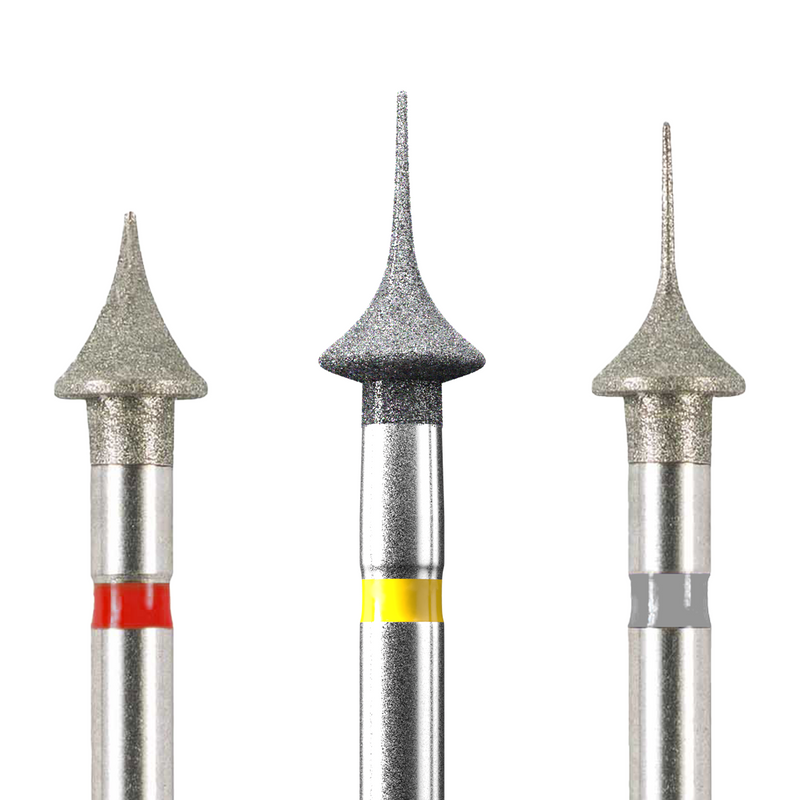



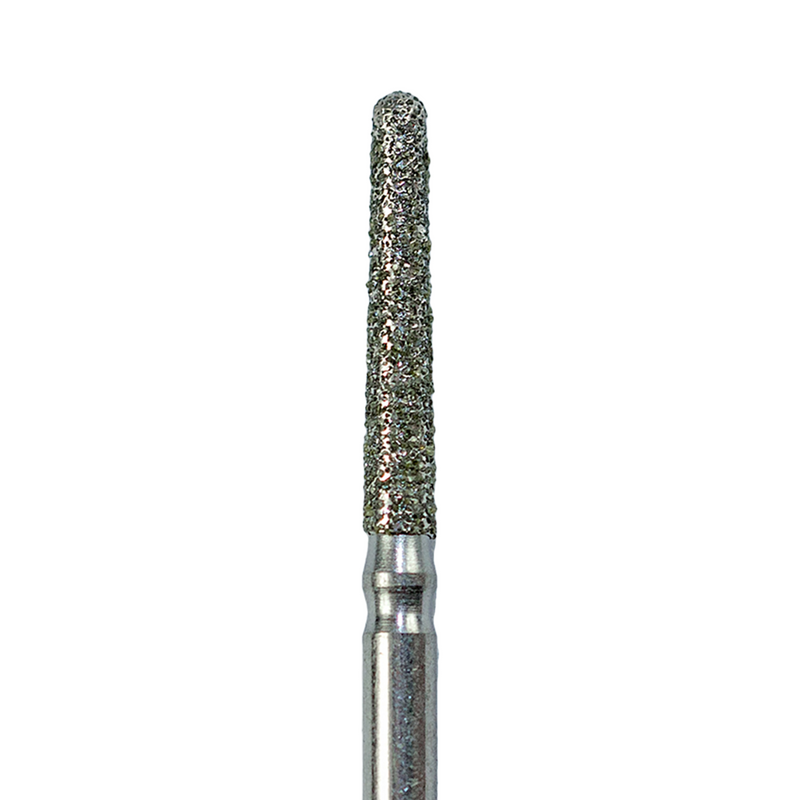
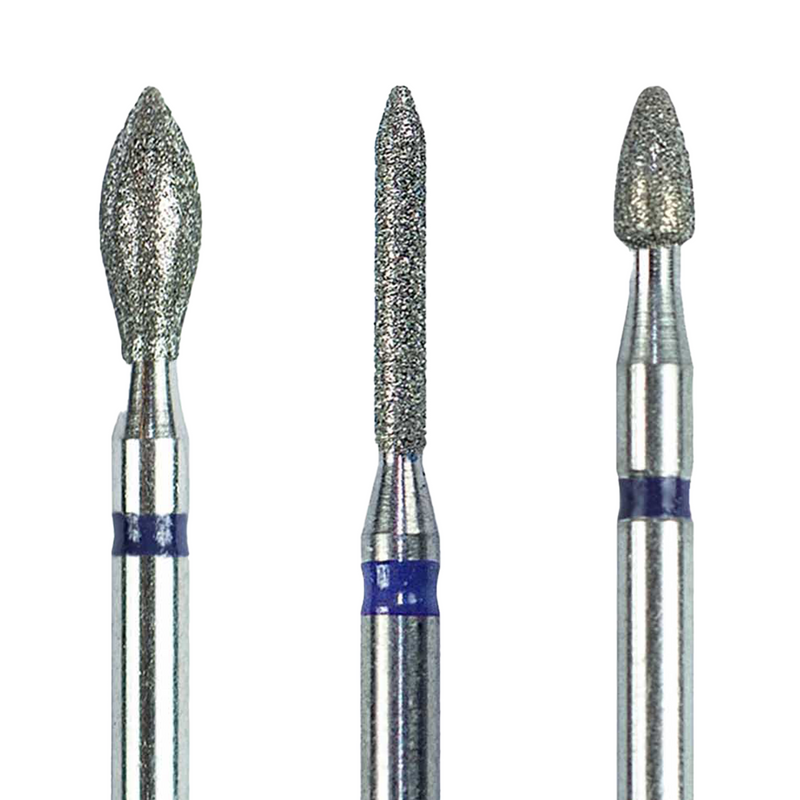

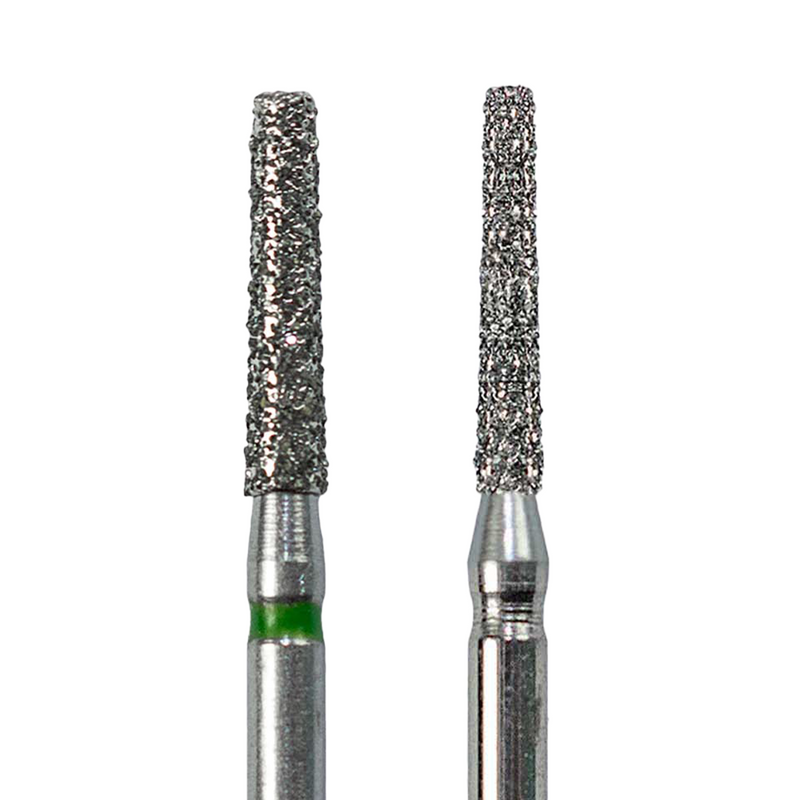
0 comments